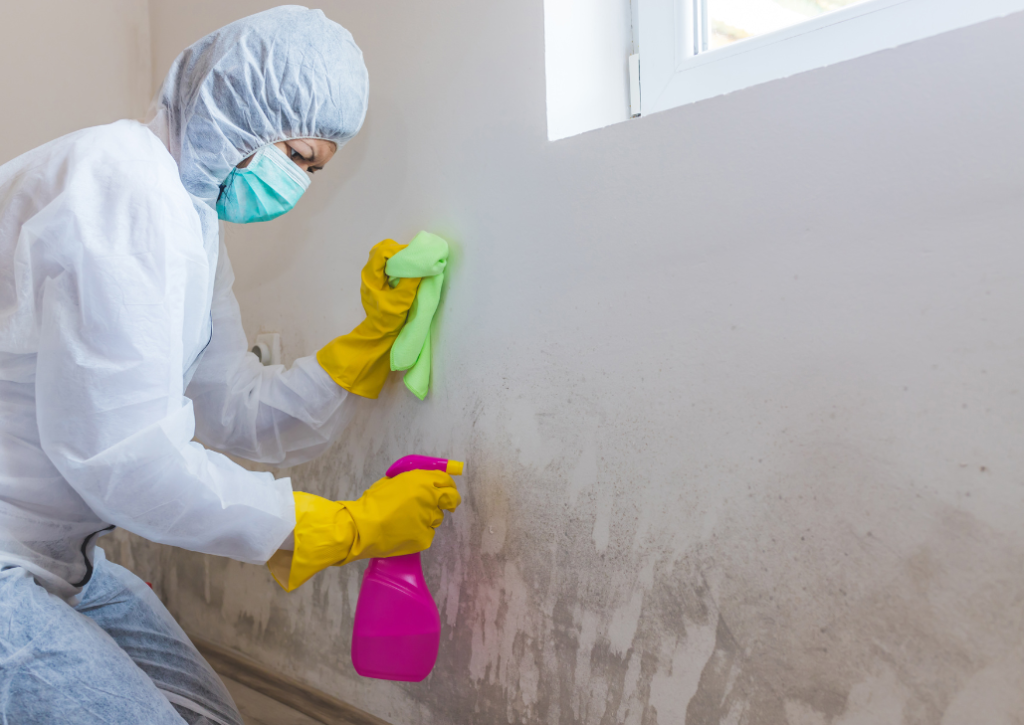Mold can be a silent intruder in your home, often growing undetected in damp, dark places. While it may seem like a minor nuisance, mold can pose significant health risks and structural problems if left unchecked. Mold remediation is the process of identifying, containing, and eliminating mold to create a safe and healthy environment. This guide explains the importance of mold remediation, how it works, and how it protects your health and home.
Recognizing The Dangers Of Mold
Mold is a type of fungus that thrives in moist environments. It reproduces by releasing spores, which can travel through the air and settle on surfaces. While some molds are harmless, others, such as black mold (Stachybotrys chartarum), can release mycotoxins that are harmful to humans and pets.
Health Risks Associated With Mold Exposure Include:
- Respiratory Issues: Mold spores can irritate the respiratory system, leading to coughing, wheezing, or shortness of breath. People with asthma or allergies may experience worsened symptoms.
- Skin Irritation: Direct contact with mold can cause rashes or other skin irritations.
- Weakened Immune System: Prolonged exposure can weaken the immune system, making individuals more susceptible to illnesses.
- Chronic Conditions: In severe cases, mold exposure has been linked to long-term health conditions, including lung infections and neurological issues.
Mold doesn’t just impact health—it can also damage your property. It eats away at organic materials like wood, drywall, and fabric, compromising the structural integrity of your home.
The Importance Of Mold Remediation
Mold remediation is essential for several reasons:
- Protecting Health: Removing mold minimizes exposure to harmful spores and reduces the risk of health complications.
- Preventing Property Damage: Addressing mold growth promptly prevents further deterioration of your home’s structure and belongings.
- Restoring Air Quality: Mold spores can reduce indoor air quality, making your home less comfortable and safe to inhabit.
- Preventing Future Growth: Proper remediation includes addressing the root causes of mold, such as leaks or humidity issues, to prevent recurrence.
The Mold Remediation Process
Effective mold remediation involves several steps to ensure a thorough cleanup and prevention of future outbreaks:
Inspection And Assessment
The first step is identifying the extent of the mold problem. Professionals use advanced tools like moisture meters and thermal imaging cameras to locate the hidden mold and assess the damage.
Containment
Once identified, the affected area is isolated to prevent the spread of mold spores. This is done using physical barriers, negative air pressure, and specialized equipment.
Air Filtration
High-efficiency particulate air (HEPA) filters are used to remove airborne mold spores, ensuring clean air during and after the remediation process.
Mold Removal
The mold is physically removed from surfaces using antimicrobial treatments and scrubbing techniques. In severe cases, affected materials like drywall or carpeting may need to be discarded and replaced.
Cleaning And Sanitization
The entire area is cleaned, sanitized, and deodorized to eliminate any lingering mold particles or odors. This step ensures a safe and pleasant environment.
Addressing The Source
The root cause of the mold problem, such as a leaky pipe or poor ventilation, is fixed to prevent future growth. Dehumidifiers or improved insulation may be recommended to keep moisture levels in check.
Why Professional Mold Remediation Matters
While DIY mold removal might seem like an easy and cost-effective option, it often leads to incomplete cleanup and recurring problems. Professionals have the expertise, tools, and protective gear needed to address mold safely and effectively. They also ensure compliance with industry standards and guidelines for mold remediation.
Preventing Mold Growth
After mold remediation, maintaining a mold-free environment requires proactive steps:
- Control Humidity Levels: Keep indoor humidity below 60%, using dehumidifiers if necessary.
- Fix Leaks Promptly: Address plumbing issues and roof leaks immediately.
- Ensure Proper Ventilation: Use exhaust fans in bathrooms, kitchens, and other moisture-prone areas.
- Clean Regularly: Keep surfaces clean and dry, especially in areas like basements or attics.
- Monitor Vulnerable Areas: Regularly inspect areas prone to moisture for early signs of mold.
Conclusion
Mold remediation is not just about removing unsightly patches; it’s about protecting your home and safeguarding your health. Ignoring mold can lead to serious health risks and costly repairs, but timely and professional remediation can provide peace of mind. By understanding the importance of addressing mold effectively, you can create a safe and healthy living space for you and your family.









